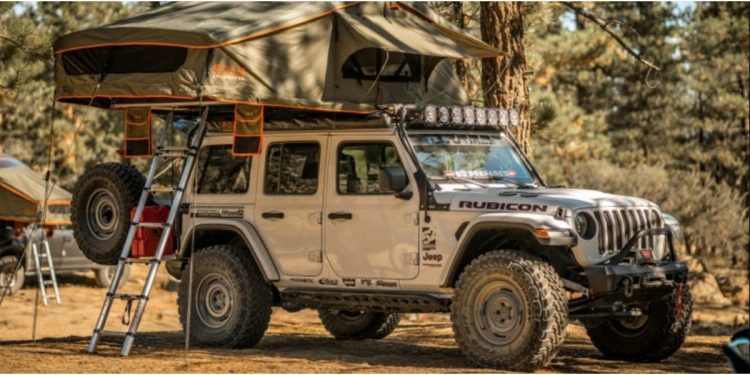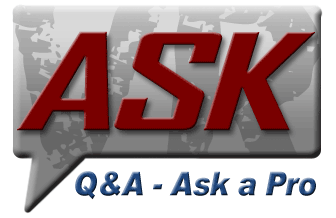Overlanding is commonly understood as vehicle-supported, self-reliant adventure travel to remote destinations, where the main goal is to venture. Your ride is the primary mode of transportation and haven, with all gears and supplies carried at your rig. People mistake Overlanding with off-roading, while off-roading is more focused on the technical aspects of driving over challenging varied terrain, and as mentioned Overlanding is focused on the journey and exploration. Overlanding is quite booming in popularity these days, mainly because people want a COVID-free place, seeking knowledge, calmness, a breezy gust, and adventuring the unknown. Whatever the reason, Overlanding is a must-try. Now before you hit the rough roads you might want to consider the must-have mods for your ride. Who would want a messy unprepped venture? Now here are the top 6 best mods for Overlanding, in no particular order.
1. Off-Road Tires
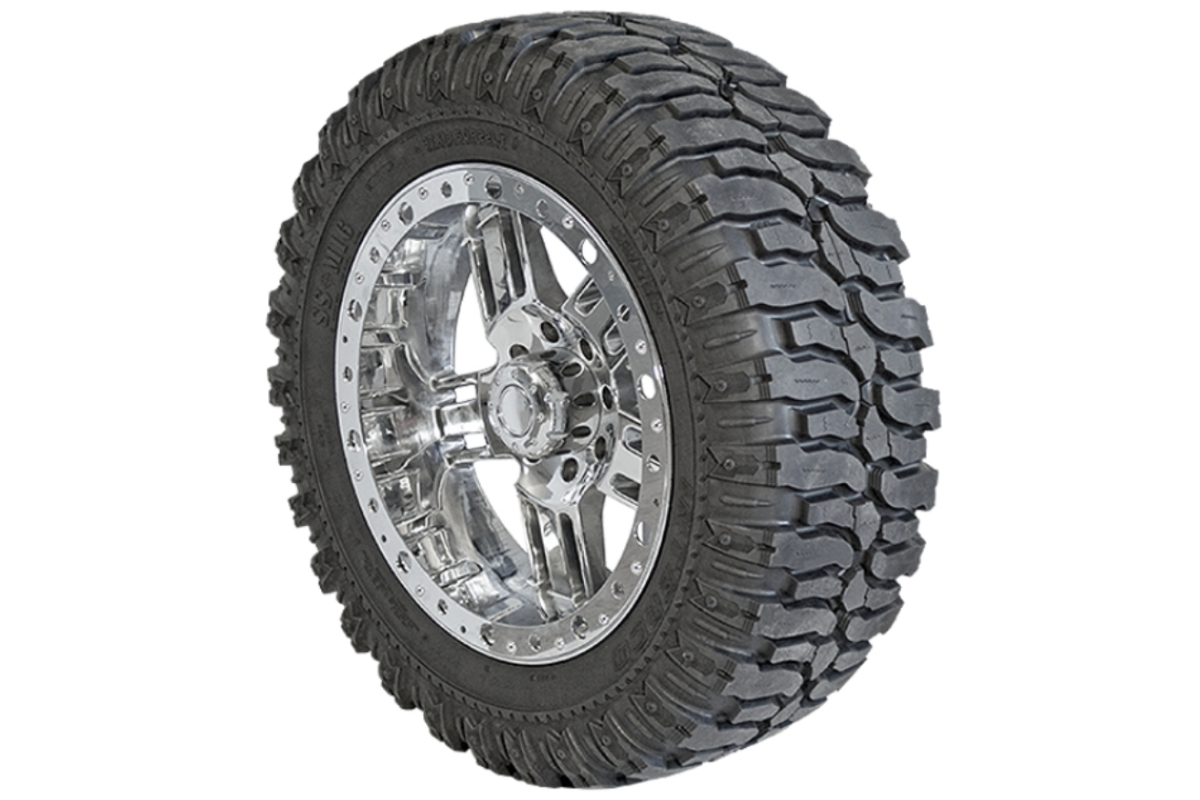
Traction is everything when you are off-roading, and the main part that gives the best traction is your tires. It helps in preventing the loss of traction of wheels during your viby road ride wherever you go. Getting bigger tires means a higher clearance and a better grip. A good set of tires can carry a vehicle over boulders, dirt, mud, rocks, sand, snow, and other uneven surfaces, as well as giving the driver a farther view both on and off-road and yes, bigger tires mean a softer ride.
If you plan to use your daily ride, you may want to get all-terrain tires. Aggressive all-terrain tires have different tread patterns than highway tires and off-road tires, which means they are going to grip the highway and off-road better. All-terrain tires resist more rolling than their pavement-bound counterparts, plus they are cheaper than off-road tires, and they aren’t noisy as off-road tires. They also have a better effect on fuel economy.
2. Aftermarket Armors
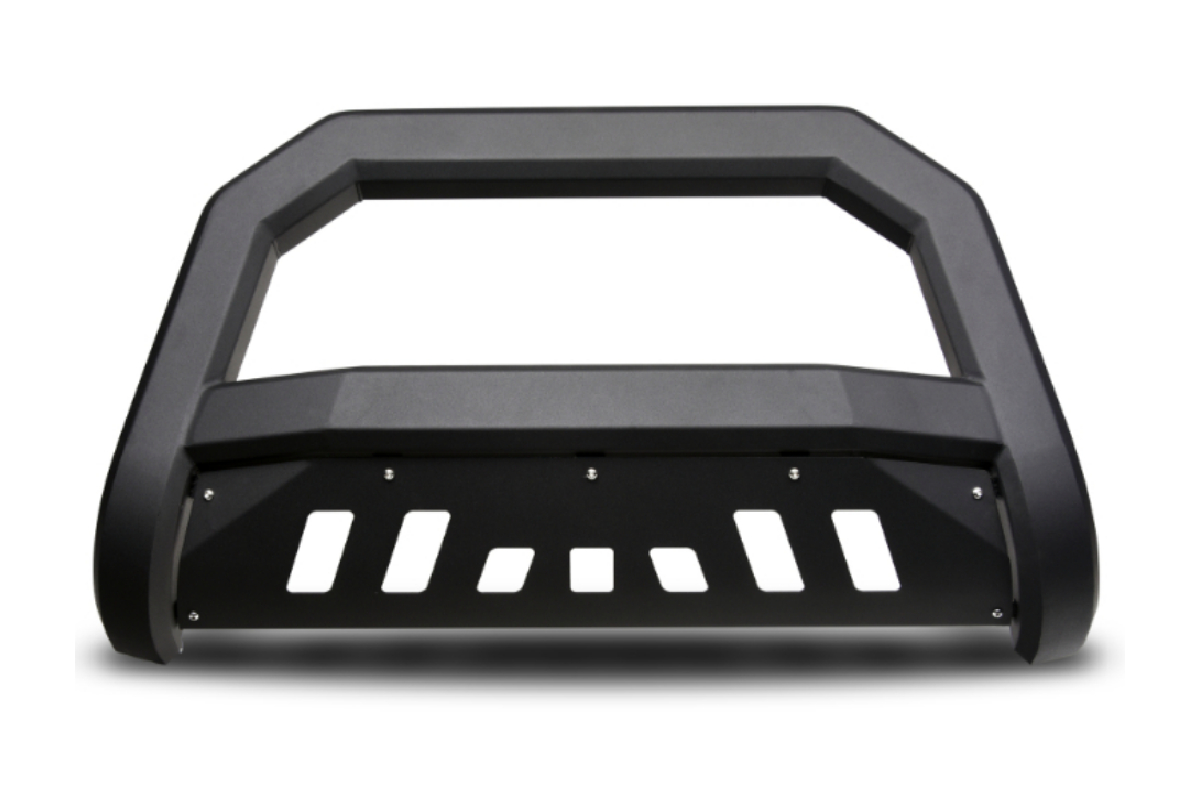
Armors come in handy when going off-road, the main goal for this upgrade is to provide additional durability, functionality, and strength, protecting the vehicle from major damage (be it a rock or other vehicles).
OEM bumpers are designed to minimize damage during impacts below 5 MPH and to crumple during accidents, so getting aftermarket bumpers protects both headlights and the radiator. Steel bumpers withstand heavy impacts much better than factory bumpers. If you hit a fence post, collide with another vehicle, or even collide with an animal on the highway, your bumper will not be damaged in any way. Aftermarket bumpers give a higher ground clearance and a greater approach angle, adding off-road capability.
Skid plates protect a major component (the life of your ride); your engine, transmission, and transfer case and stock skid plates are lightweight and they do not provide safety for Overlanding. Getting aftermarket skid plates protects your ride from stray branches or the occasional bottom-out, they can save you plenty of equipment repair and replacement costs in the long run. By purchasing and installing protective plates, you are essentially investing in the long-term protection of your vehicle. Allowing you to safely go home and enjoy the rest of the day.
Next is your rear bumpers, the additional departure angle is always offered for aftermarket bumpers, but the main benefit of rear bumpers is the added storage provided by the swing-outs that aids for another tank of gas. Once installed, they allow the bulky spare wheel to be moved from the cargo area to the rear bumper, freeing up a lot of space inside for gear.
Shop All Body / Aero Parts Here.
3. Electric Winch
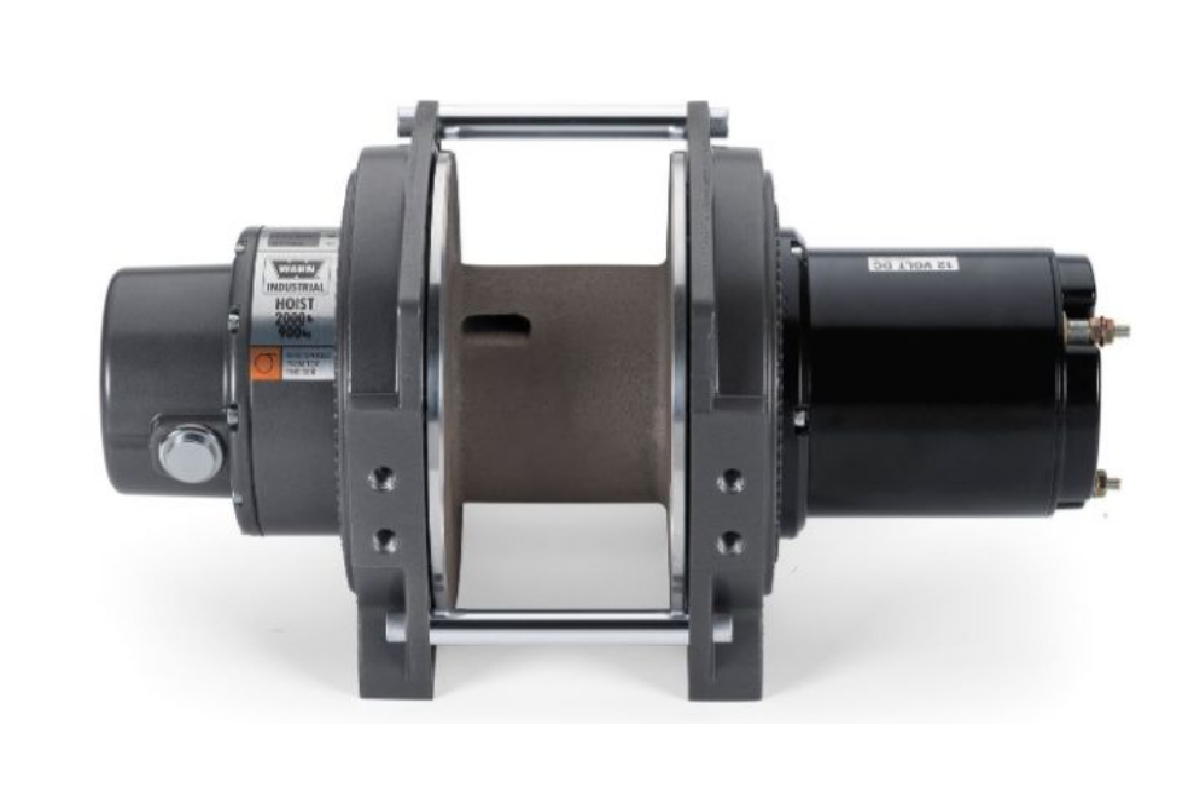
An electric winch is a motorized device designed for pulling or lifting. Most winches are mounted upfront consisting of steel cables or synthetic ropes with a hook attached to free the end of the cable. Now, why would you need one? You need a winch for Overlanding to prevent getting stuck in a variety of dangerous conditions. Often the vehicle has to be pulled back uphill to get back on its feet. With a strap, this can be messy or even impossible. The winch provides the slow and controlled input that is often required in such difficult situations. And it also has the power needed to get the car back on its wheels. Being stuck in the mud, sand, snow, or an unusual trail can quickly end your joyful venture especially when you travel alone. If you get stuck then a winch means self-recovery.
4. Off-Road Auxiliary Lights
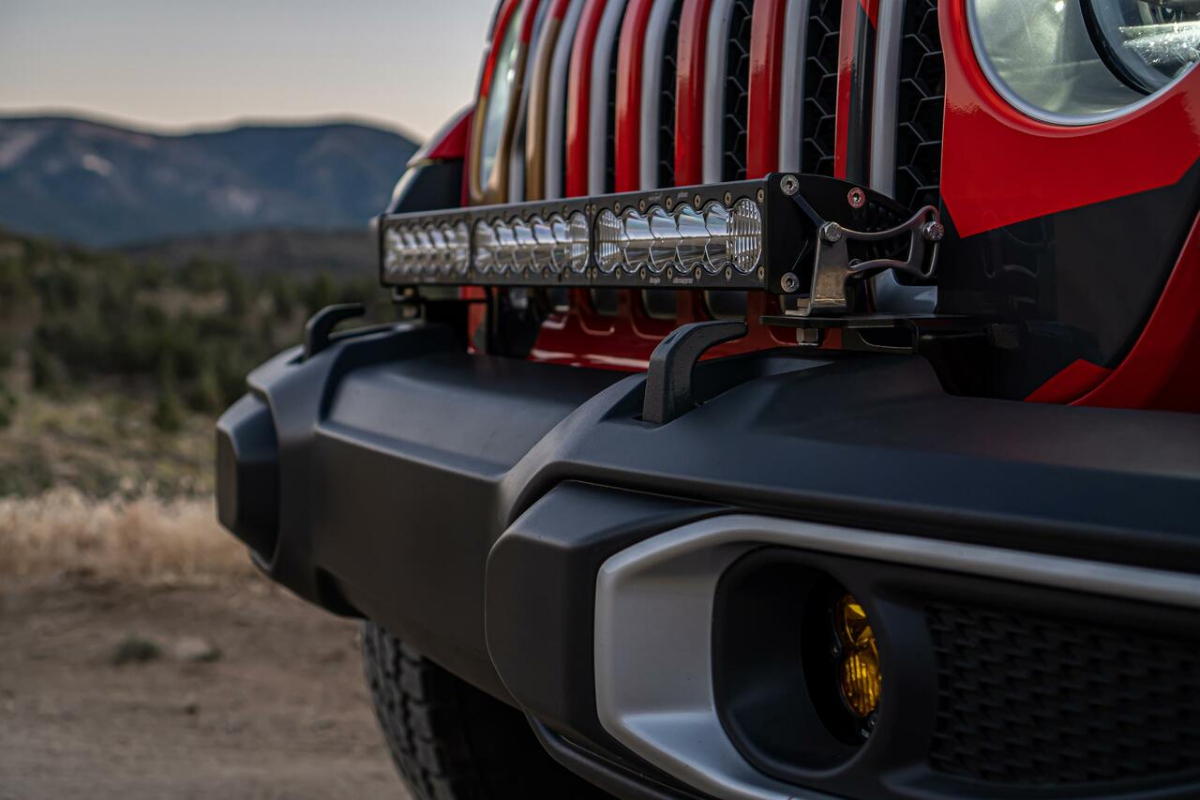
Being a 4×4 enthusiast, off-road lights have been a trend to have in recent years, though well-placed off-road lights are practically an excellent tool to have when you need them. Being on a trail late at night, they can be handy for spotting dangerous obstacles, saving you the dilly-dally on the road. Good lighting will allow you to spot dips and rocks. Would you wish to be in a ditch a thousand miles away from nobody? Of course not, now getting an auxiliary light definitely helps you off-road. Now there are different types of Off-road Auxiliary light-beam patterns.
Types of Auxiliary Lights
Spotlights: Spotlights generate a focused beam that can travel a long distance in front of the vehicle. They provide a lot of light but cover a narrow area. They are commonly used in racing as well as commercial and agricultural purposes but are not intended for highway use.
Driving Lights: The driving lights support your vehicle’s high beam, spreading the light far forward. Unlike spotlights, driving headlamps can illuminate a large area. They are great for off-road night use and can also be used to improve visibility on paved roads after dark.
Fog Lights: Fog lights are designed to cope with conditions that impair visibility, such as rain and fog. As an added benefit, they can be used in conjunction with headlights in inclement weather.
Floodlights: The beam from floodlights only cover a short distance in front of the vehicle but cover a large area. Floodlights are often used as work lights, providing illumination when the vehicle is stationary.
There is a lot to consider when choosing off-road lights for your vehicle. Before your next trip off-road, think about your needs to make an informed decision about what type of lighting suits you.
5. Rooftop Tents
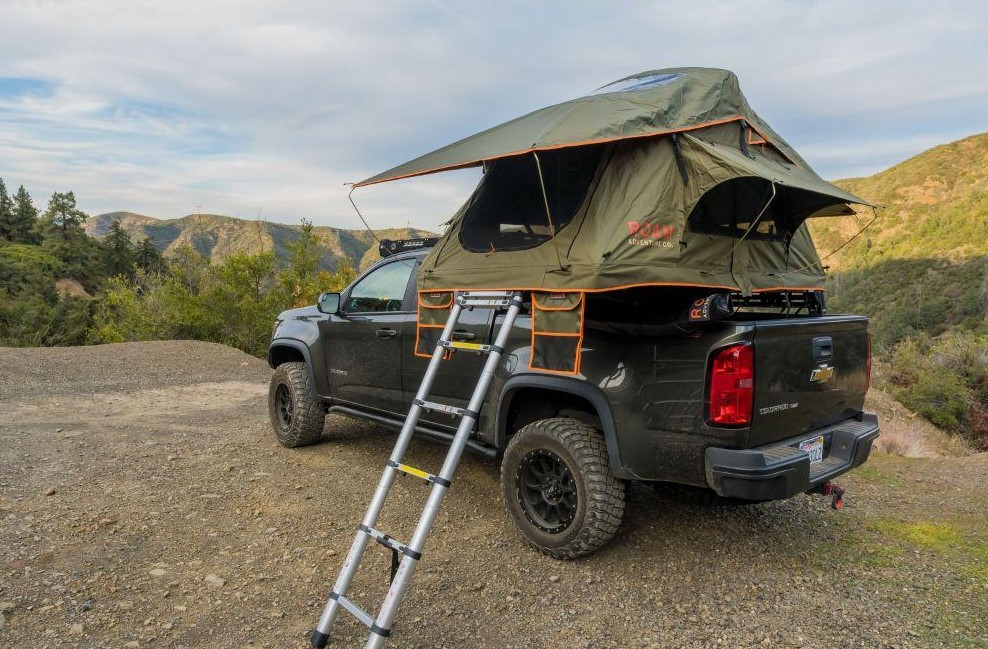
Overlanding adventures gave rooftop tents popularity among off-roaders who wanted to stay off the ground and away from predators. Thanks to their convenience and easy setup, campers everywhere lust after them. Rooftop tents can be expensive. Many conventional tents are sold for a much lower price. The added safety and convenience of a rooftop tent can be worth the extra cost. Plus, you will save a lot of money on mobile home rentals (RV’s). Now, getting one allows you to stash your expensive gear inside your locked vehicle while sleeping.
6. Tools and Equipment
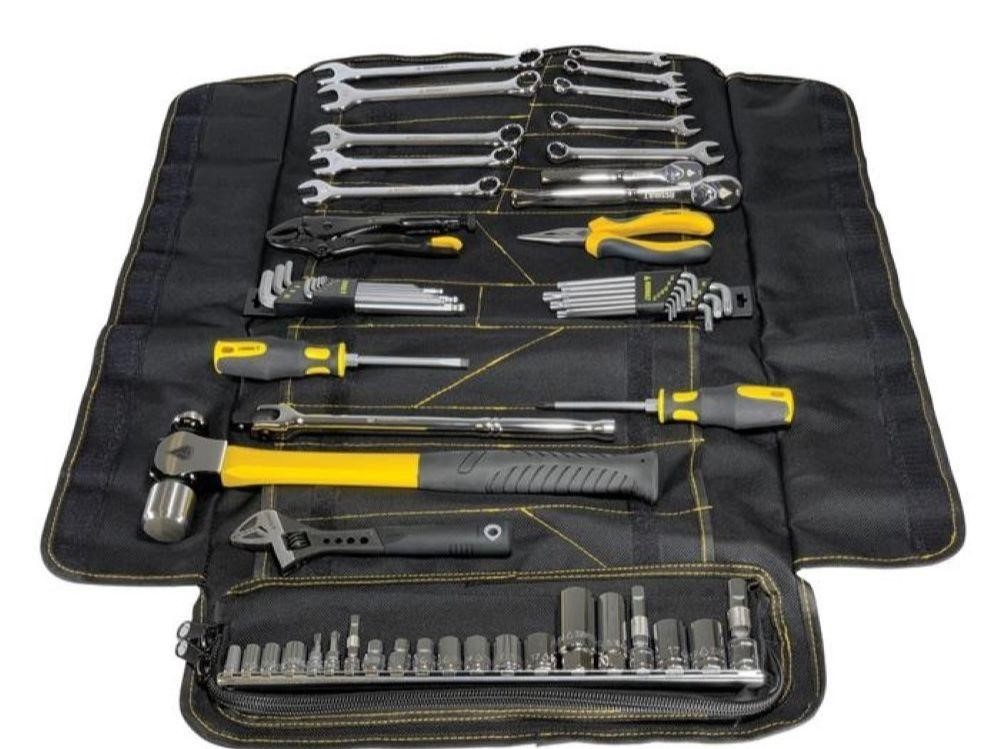
Rough trails and muddy roads are fun to drive until you get stuck somewhere. If you are not prepared for such a situation, there is little you can do other than call for help. But overland, especially in remote areas, there is no one to rely on other than yourself, your comrades, and your tools. Here is a must-have list of tools.
- Air Compressor, Deflator, and Tire Gauge
- Overland road enthusiasts know that their tire pressure affects how they drive off-road. Aside from staying inflated, there are times when you need to vent for a more efficient ride. This increases the tire-to-ground contact patch, allowing your 4WD to perform better on rocky trails and sandy roads.
- Diagnostic Tool
- Your engine should always be in good condition so it can get you on your weekend adventure. But most off-road enthusiasts won’t notice a problem unless their vehicle breaks down in front of them.
- Mechanical Tool Kit
- If you find any problem with your car, you will need a toolbox to repair it immediately. But with a little experience performing ground handling, you may not know what to bring with you. By buying a complete set of tools this way you are ready for any situation, be it a wheel change or an engine repair!
- Off-road Jack
- Besides recovering, you should always be prepared for a flat tire. Since the environment is different from the urban environment, there is a high likelihood that a sharp stone will pierce your tires. If you have large ones, you will need an extra lift to fix them.
- Recovery Board
- Another important tool you may need on land is the recovery board. That way, if you ever get stuck without other people to help you, you can heal yourself.
- Survival Tools
- Besides repairing vehicles, there are many challenges you have to complete while traveling overland. From disassembling dirty wiring to cutting firewood branches and removing obstacles ahead, you’ll need multiple tools in your kit to get things done quickly and efficiently.
Conclusion
As you travel away from the comforts of home, you should always expect the unexpected. Whether it is getting your tire punctured or getting stuck on a sandy or muddy road, these are all part of the joys brought by Overlanding.


